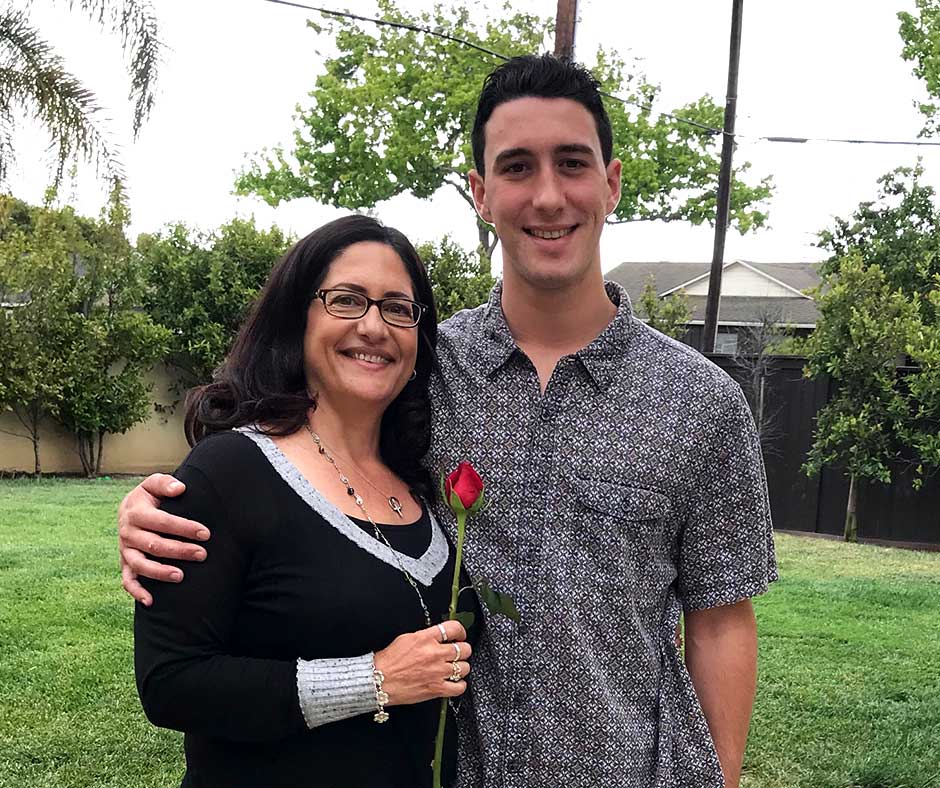While often prescribed for legitimate uses, there are an alarming number of college students engaging in prescription drug abuse. Why is this becoming so common?
Prescription Drug Abuse
Prescription drug abuse is defined as the non-medical use of prescription drugs, by either the individual to whom they were originally prescribed, or someone without a prescription. This phenomenon has become increasingly common in America, as prescription drugs are often easier to obtain, more pure, and more consistent in their effects than traditional street drugs. Among college students, this trend is on the rise, with 1 in 4 people between the ages of 18 and 20 having reported taking prescription drugs non-medically at least once in their life (NSDUH, 2008). There are 3 main classes of prescription drugs that are abused by college students, each one with their own dangers and reasons for being abused.
Opioid Painkillers
Opioid painkillers are one of the main culprits of prescription drug abuse within college campuses. Opioid painkillers work on the same brain systems as heroin. They work very well for pain relief, but have an extremely high potential for misuse as well as addiction. This is because opiates create artificial endorphins inside of the brain, the bodies “feel good” chemical. This leads to euphoric effects. Over continue use though, a dependence develops on the opiate to create these endorphins and the brain stops doing so naturally. This can be a recipe for disaster when the drugs are abused.
College students have easy access to these drugs, and often do not understand the pandora’s box they are opening when they begin to experiment with them. It is not uncommon for a friend to have access to some Vicodin or Percocet from a surgery or doctor, and give them to another student. They effects they produce are consistent and there is less stigma surrounding taking a pill that was prescribed by a doctor than abusing heroin bought from a street dealer. Along with their own intrinsic dangers though, many college students will abuse these pills with alcohol, highly increasing their lethality and danger.
Central Nervous System Depressants or Sedatives
The next class of prescription drugs that is highly abused among college students are CNS depressants, or sedatives. Drugs like benzodiazepines fall into this category. These drugs are commonly used to treat anxiety, sleeplessness and sometimes seizures. They are very easy to abuse because of the flood of dopamine that they release into a user’s brain. Over time, there are structural changes that occur inside of the user’s brain that make addiction harder to treat.
Many college students are experiencing a new level of stress and pressure for the first time in their lives when they begin school. Psychiatrists will prescribe benzodiazepines like Valium and Xanax to treat these anxiety symptoms, and they will work very well initially. Over time though, the user becomes dependent on them without ever working through the underlying issues that contribute to the anxiety. This sets them up for failure. The drugs are also abused because of the decrease in inhibition which they cause and the euphoria that they produce – effects that are both multiplied and made potentially deadly when combined with alcohol. Combining benzodiazepines with alcohol dramatically increases the chances for death. Like opiates, these drugs are easily accessible by students who can share prescriptions and purchase unused pills from each other.
Stimulants
Prescription drug abuse is also extremely common with stimulants. This is perhaps the most popularized and common form of prescription drug abuse on college campuses. Commonly used to treat ADHD and narcolepsy, stimulants like Ritalin and Adderall can be both habit forming and dangerous. They work differently than the other two drug types mentioned in that rather than depressing, they excite the central nervous system. They also produce a flood of dopamine that can make users feel extremely euphoric and focused, and remove the feeling that one needs to sleep or eat. This makes them very popular among college students for preparing for tests, staying up late working, and trying to contend with the heavy workload that comes with higher education. Unfortunately, they are also very dangerous.
Stimulants increase blood pressure, cause depression, can lead to malnourishment and cause heart palpitations. Many college students see other students taking them with seeming impunity however, staying up for marathon study sessions and appearing highly focused in classes. When a dependence on them develops though, the physical effects take a heavy toll and students reach a point where they begin relying on them to perform.
Socially Acceptable
Part of the problem is that within many college communities, misusing these types of prescriptions drugs has become socially acceptable within students. Without raising awareness of the dangers associated with these drugs and changing the social view on them, they will continue to be abused. These drugs are dangerous and many college students come to believe that they are necessary to be successful and that it is ok to use them to party, as long as they stay away from street drugs. The reality is, these drugs are just as dangerous and often more potent than drugs found on the streets. Do you have any experience with prescription drug abuse in college that you would like to share? Leave us a comment below!
Last Updated on September 11, 2024

